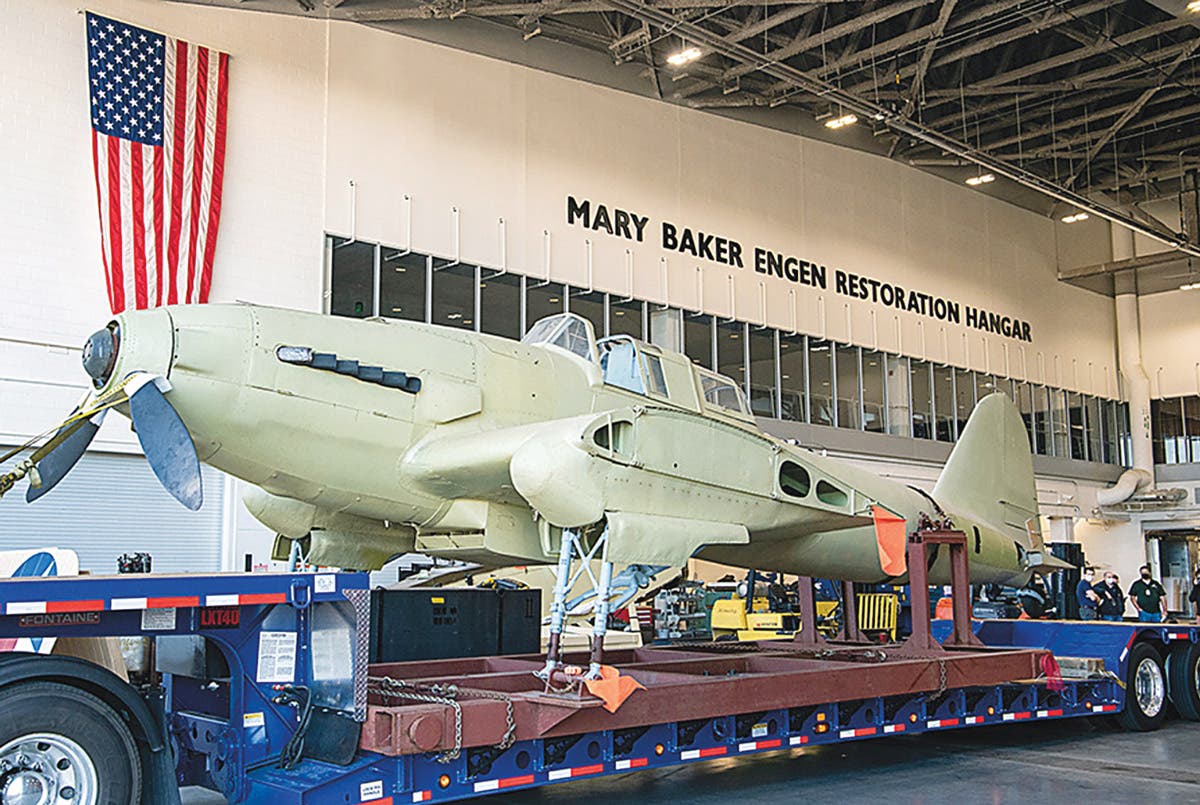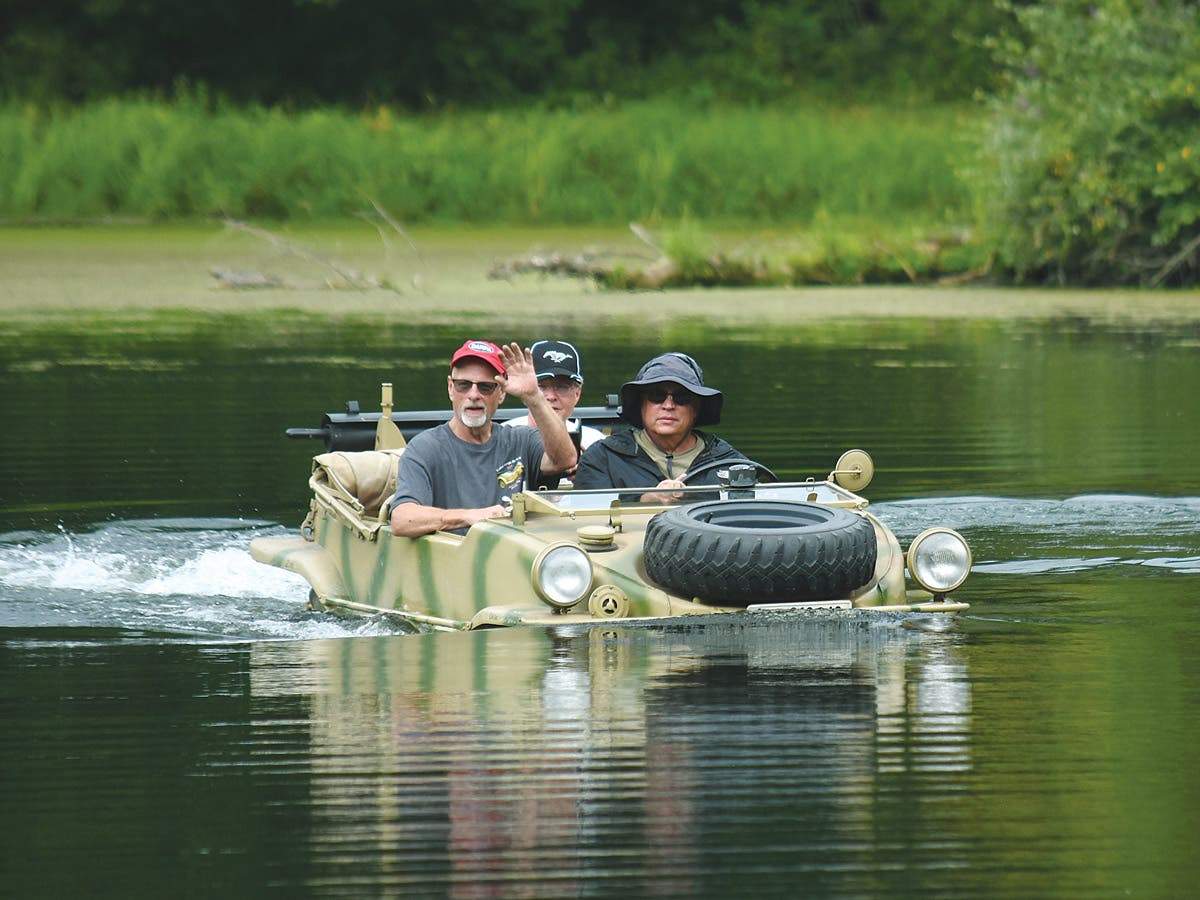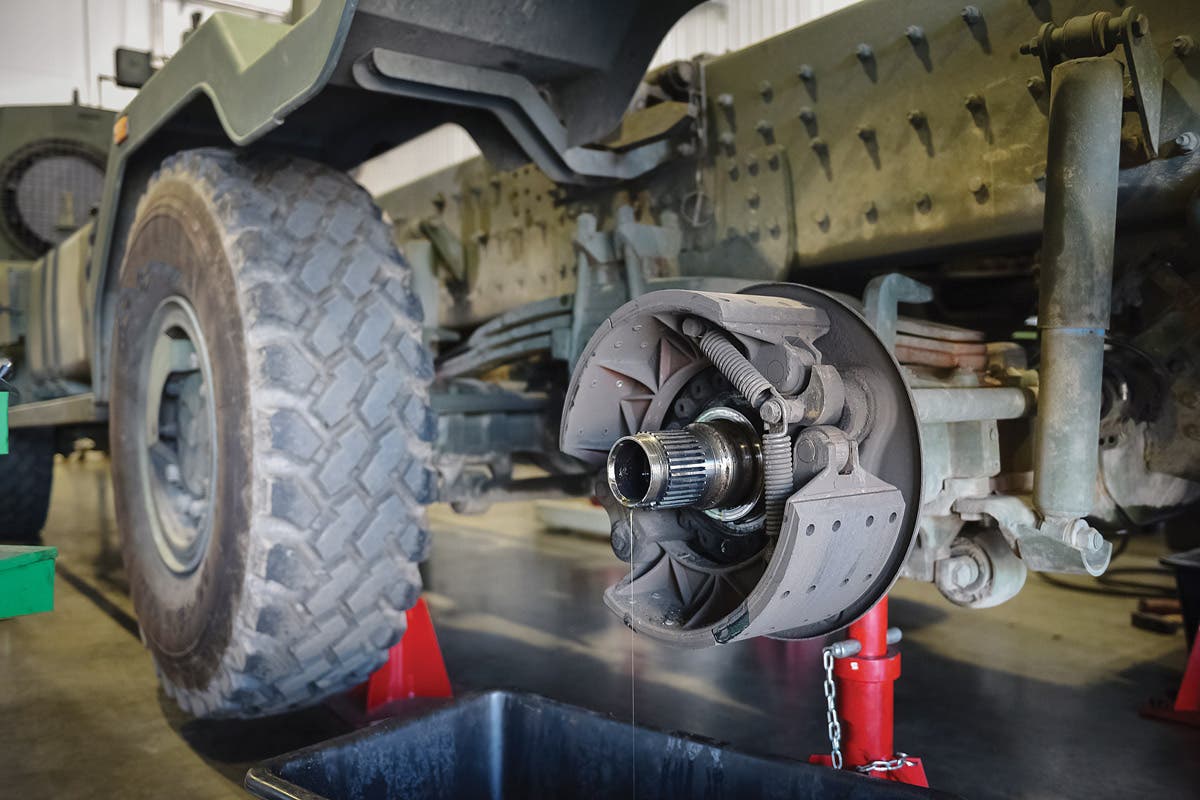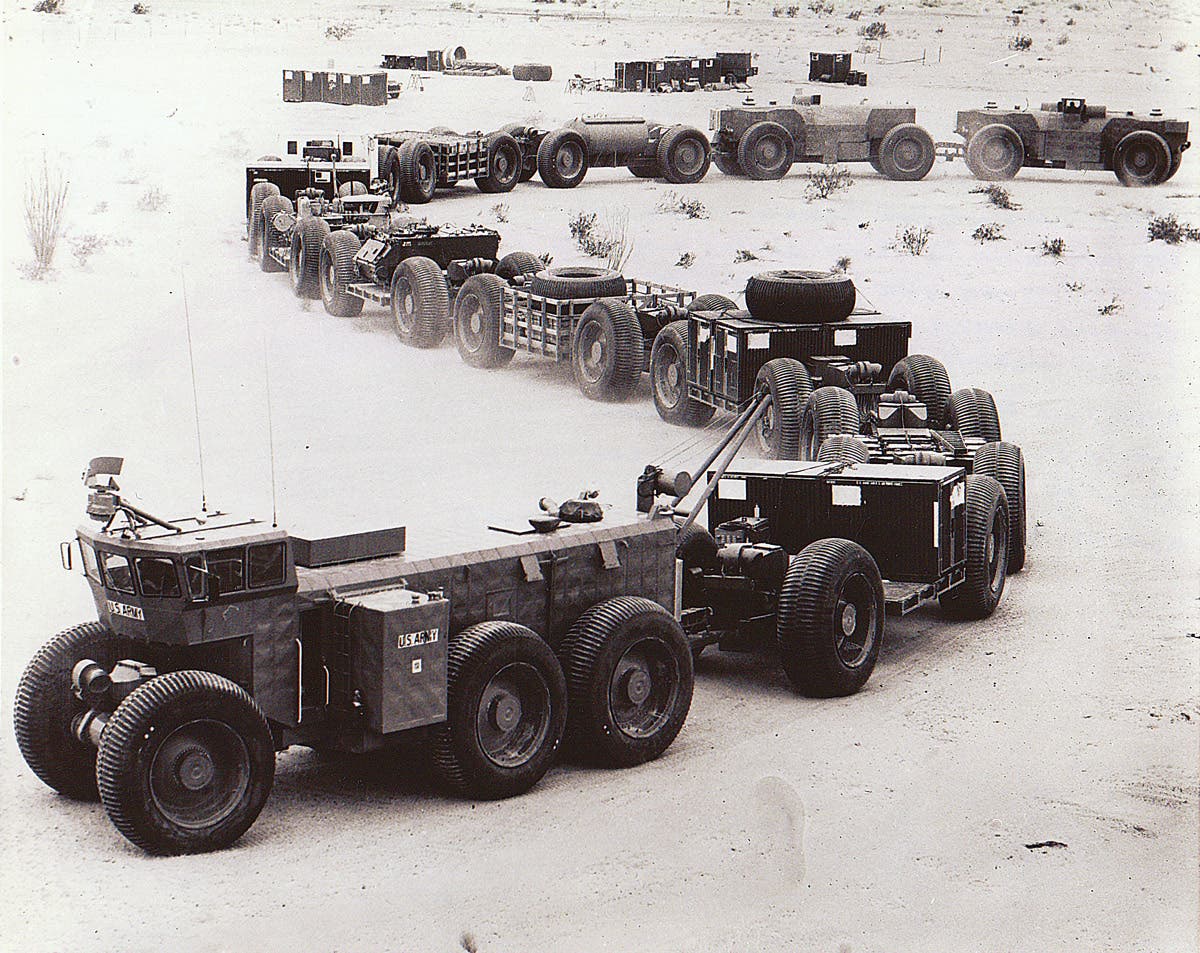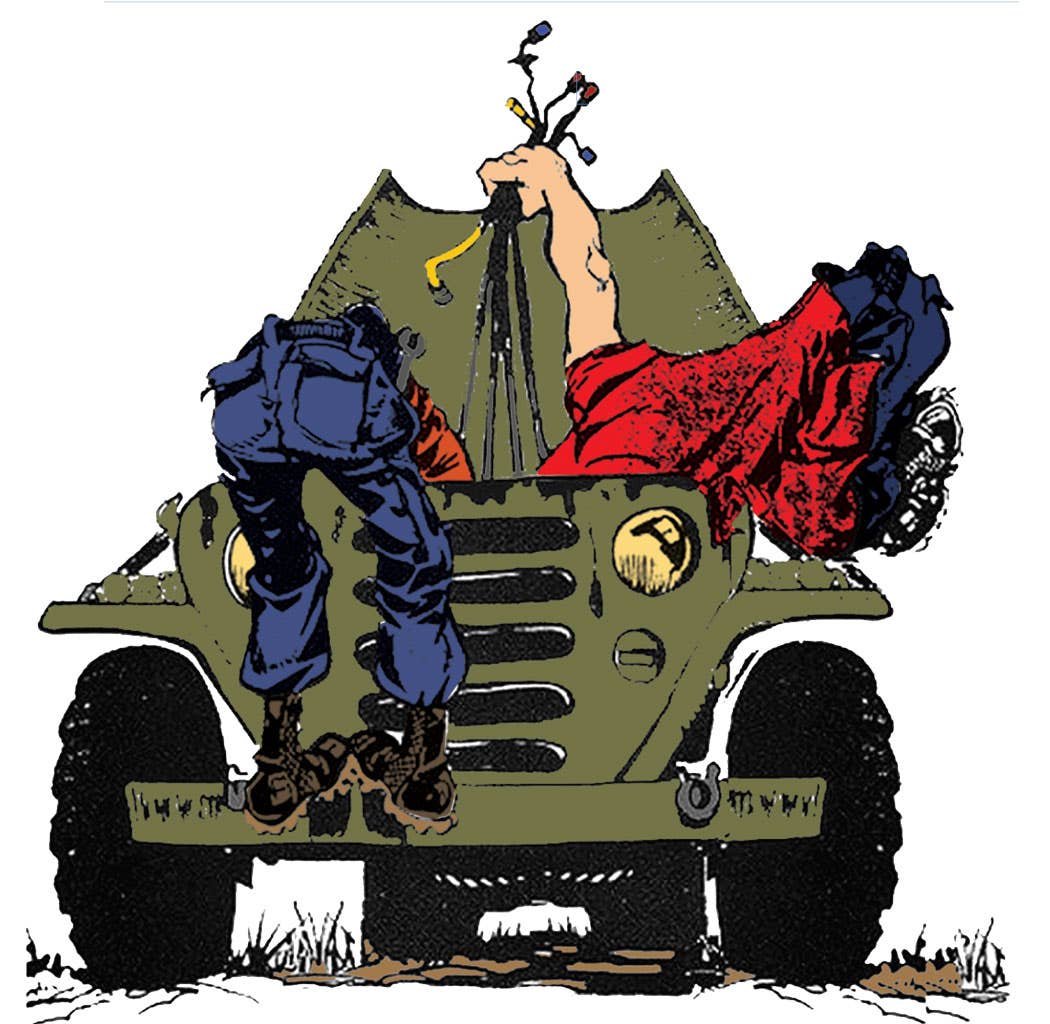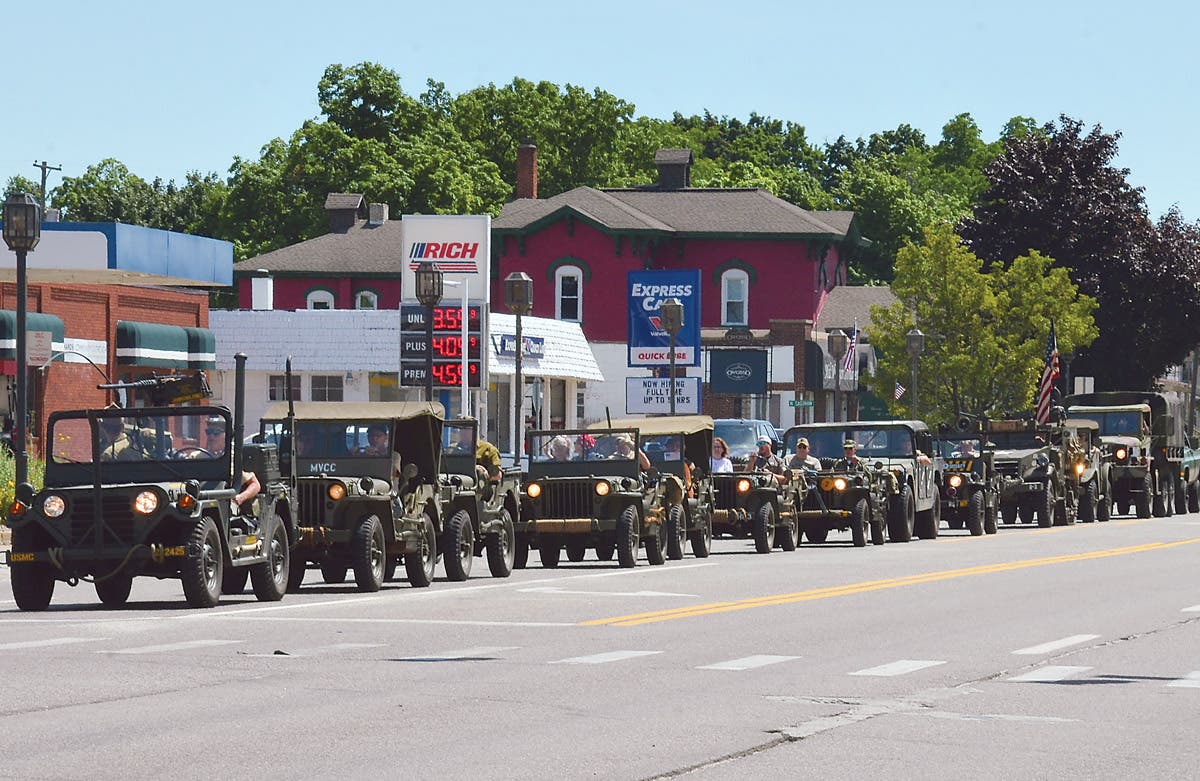Driving Force: Little Luella Bates
Little Luella Bates taught WWI soldiers to operate FWDs. The story of Clintonville, Wisconsin’s Four Wheel Drive Auto Co.
After machinists Otto Zachow and William Besserdich, of Clintonville, Wis., came up with America’s first four-wheel-drive system in 1907, it took them awhile to get the Four Wheel Drive Auto Co. (FWD) started. At first, they envisioned making cars that had power to all wheels, but they quickly realized that trucks were better suited to their invention.
The small company got off to a slow start, selling only a handful of vehicles, until the United States Army started buying the company’s “dinosaur-looking” trucks to chase Mexican bandit Pancho Villa. The Army trucks performed well and before long word got around. Then, FWD got an order from the British Army for 50 trucks for World War I use.
On April 3, 1917, with American entry into the war almost a certainty, Walter A. Olen — the local lawyer who Zachow and Besserdich engaged to run the company — called a meeting of the FWD board of directors. He asked whether the company, considering earlier problems it faced, should cancel its European contract if war broke out and place its entire output at the disposal of the United States government. After some hesitation, due to directors of German heritage having kin in Europe, Olen’s suggestion prevailed.
That afternoon FWD sent a wire to U.S. Secretary of War Newton D. Baker. It read: “The Board of Directors of this Company unanimously tender the output of the Four Wheel Drive Auto Company to the United States upon such terms as may be satisfactory to the War Department and subject only to existing contracts, foreign and domestic.”
The order for trucks did not arrive until July, but it called for the largest quantity of trucks that had ever been ordered by the U.S. Army from any single manufacturer, 3,750 3-ton trucks to be delivered at the rate of 175 trucks a month for $12,000,000. For the company that had started out only five years earlier, it was an overwhelming obligation.
Employees were needed, and quickly. Men from surrounding farms and towns as far away as Antigo, Wis., were lured to Clintonville by new jobs. The city also had to arrange transportation, housing and entertainment for workers and soldiers. The board of directors was called upon to build 200 new houses and to help finance private construction firms, too. A total of $5,000 was appropriated for a boardinghouse for commuters.
In addition to workers coming to town to build trucks, there was a sudden and dire need to train drivers and mechanics. By November, the U.S. Army Ordnance Department got involved by supplying its own soldiers to drive the trucks and mechanics to keep them in good working order. A training school was set up under the supervision of an Army captain named Herning. In early December, the FWD factory marching band escorted city officials, factory workers and 180 enlisted soldiers and 30 officers from the Northwestern train station, to a lunch and then to a new barracks that had been built.
The unplanned-for high demand for military trucks converted Clintonville from a small city into a boom town. Thousands of people moved there to work at the FWD factory building the trucks. Hundreds of soldiers were also sent there to learn how to drive the 3-ton, hard-rubber tire rigs with their new-fangled four-wheel-drive technology. The first contingent of trained soldiers left the city in January 1918. One soldier waiting for the train climbed a pole and asked for “three cheers for the city of Clintonville and its fair ladies.”
Before long, some of those ladies were hired to replace the men who had gone off to war. Since most able-bodied men had been drafted to fight in Europe, 150 women were hired as test drivers to train the soldiers how to operate the huge, heavy 4 x 4 trucks. These women were officially referred to as “demonstration” drivers.” One of those ladies — a tiny woman named Luella Bates — was FWD’s first female demonstration driver.
Ms. Bates and the other women tested each of the behemoth trucks by driving them over a 75-mile course. These runs had to be completed before a truck was delivered or shipped. In addition to teaching the military personnel how to drive the FWD trucks, they also did other driving chores that male test drivers would normally have done.
The FWD-Seagrave Museum in Clintonville has very old photos of Luella behind the wheel of a big FWD Model B loaded with shipping crates. Another picture shows her working on her truck in a snowstorm. These early Model B’s were “a bear to drive,” according to reports from the era.
According to “The Four Wheel Drive Story” by Howard William Troyer (McGraw-Hill, 1954), by July 1918, the original order for trucks had been tripled and the number of trainees in town from the Ordnance Department grew to 1,500 men. After they honed their skills behind the wheel, they were assigned to drive the lumbering Model B’s to Baltimore, Md., which was the point of embarkation to Europe. Troyer pointed out “the number of soldiers had long since outstripped the capacity of the barracks and most of them had been housed in a tent colony farther up a hill to the west and north of the (FWD) factory.” It was not an easy way to spend humid Wisconsin summers and cold winters.
According to the book’s author, after a long, hard winter in 1918, a group of soldiers who came from Georgia and South Carolina celebrated their departure from Clintonville to Baltimore by pinning a scroll of paper to a dining-room table top with a bayonet. On it they wrote: “To the City of Clintonville: Farewell to the city of Clintonville, We bid thee a fond adieu, We may go to hell in an FWD, but we’ll never come back to you.”
By mid-summer 1918, FWD had produced nearly 10,000 trucks for the U.S. government and its allies. In fact, the company had to license Premier Motor Corp. of Indianapolis, Ind., the Mitchell Motor Car Co. of Racine, Wis. and the Kissel Motor Corp. of Hartford, Wis., to build trucks to FWD blueprints for a $200-per-truck royalty.
After the war, the government donated ex-military trucks to county highway departments across the country. Many of these were FWDs and the majority were hard-rubber-tire models. All trucks with such tires are difficult to steer in uneven terrain. In addition, the FWD trucks with four-wheel-drive weighed more and were harder to operate.
Walter A. Olen, the president of FWD, was convinced that his trucks steered better than some people said they did. Olen knew they didn’t exhibit as much side slip, digging in and cramping as two-wheel-drive trucks. To demonstrate his point, he selected Luella Bate to go to the 1920 New York Auto Show to put on driving demonstrations.
One photo in a display at the museum shows Luella Bates in a military-like uniform standing on the fender of a hard-rubber-tire model. Another photo shows her unloading sand from a pneumatic tire truck. In a third she’s driving a pneumatic-tire fire engine. She was also depicted servicing her FWD Model B on a snowy day. A New York newspaper wrote, “Miss Bates weighed 130 lbs., but dressed in an Oxford Gray uniform, puttees and a jaunty overseas cap, she could handle the 3-ton truck as if it were a tricycle.”
After driving through heavily congested areas of New York City to demonstrate her skills to auto show officials, Miss Bates was later sent on a transcontinental trip in the interest of a “Safety-First, Drive for Children Campaign” sponsored by New York Secretary of State Francis H. Hugo.
When she was approximately 28 years old, Luella Bates left FWD and moved to Kenosha, Wis., where she married Harold Coates, a professional pool player. The couple had two sons named Jack and Jim. Chris B. Coates was Jim’s daughter and she eventually had a daughter named Ashley Hinshaw who was an actress. Ashley married Topher Grace, a prominent Hollywood actor. Ashley saw her great-grandmother as a “strong female role model.” Luella Bates passed away, in Kenosha, on Nov. 25, 1985.

